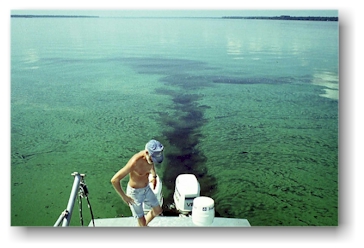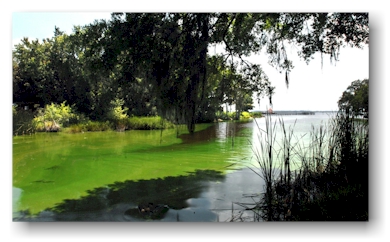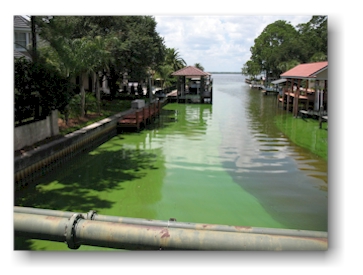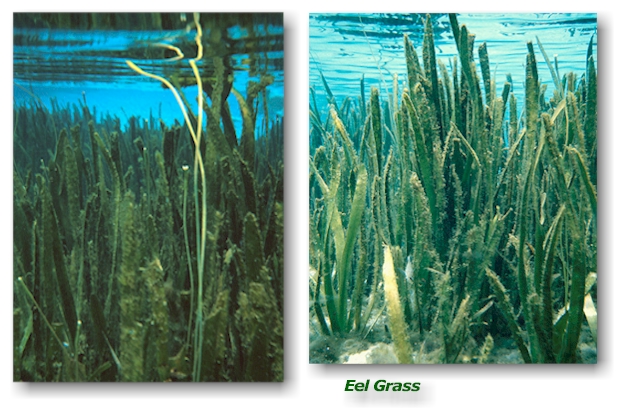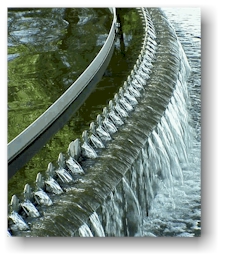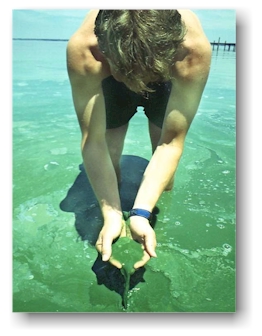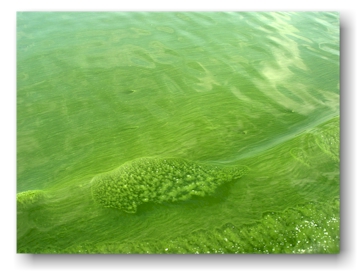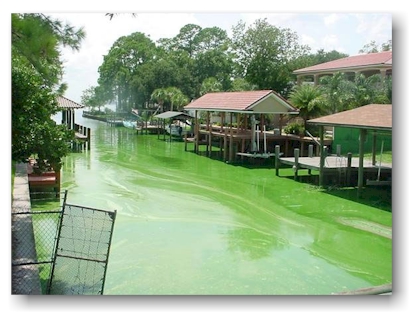|
|
||||||||||
|
||||||||||
|
Nutrient pollution can lead to water quality problems such as harmful algal blooms, low-oxygen "dead zones" in water bodies and declines in wildlife and wildlife habitat. These effects also disrupt recreational activities and pose threats to public health. Water quality degradation from nutrient pollution is a significant environmental issue in Florida.
Florida's 2008 Integrated Water Quality Assessment revealed that approximately 1,000 miles of rivers and streams, 350,000 acres of lakes, and 900 square miles of estuaries are impaired by nutrients.
The actual number of miles and acres of waters
impaired for nutrients is likely higher, as many waters that have yet to
be assessed may also be impaired.
Restoration efforts will include working with local governments to improve wastewater treatment and stormwater management.
In addition, many in the agricultural community will need to adopt new best management practices for nutrient control.
Stormwater, industrial pollution, municipal wastewater discharges and the presence of contaminated sediment has dramatically reduced the communities of aquatic plants and submerged aquatic vegetation in the St Johns and its tributaries.
These native aquatic plant communities are vital to the health of the river ecosystems as they capture and uptake the nitrogen and phosphorus that enters the river. When this aquatic vegetation is not present to act as a filter, algae blooms result.
|
||||||||||
Restore The Rivers * 3088 Country Club Blvd. * Orange Park, FL 32073 Phone 904-327-1202 *
Info@restoretherivers.com * www.restoretherivers.com
Copyright © 2009 Restore The Rivers All Rights Reserved
|
||||||||||


